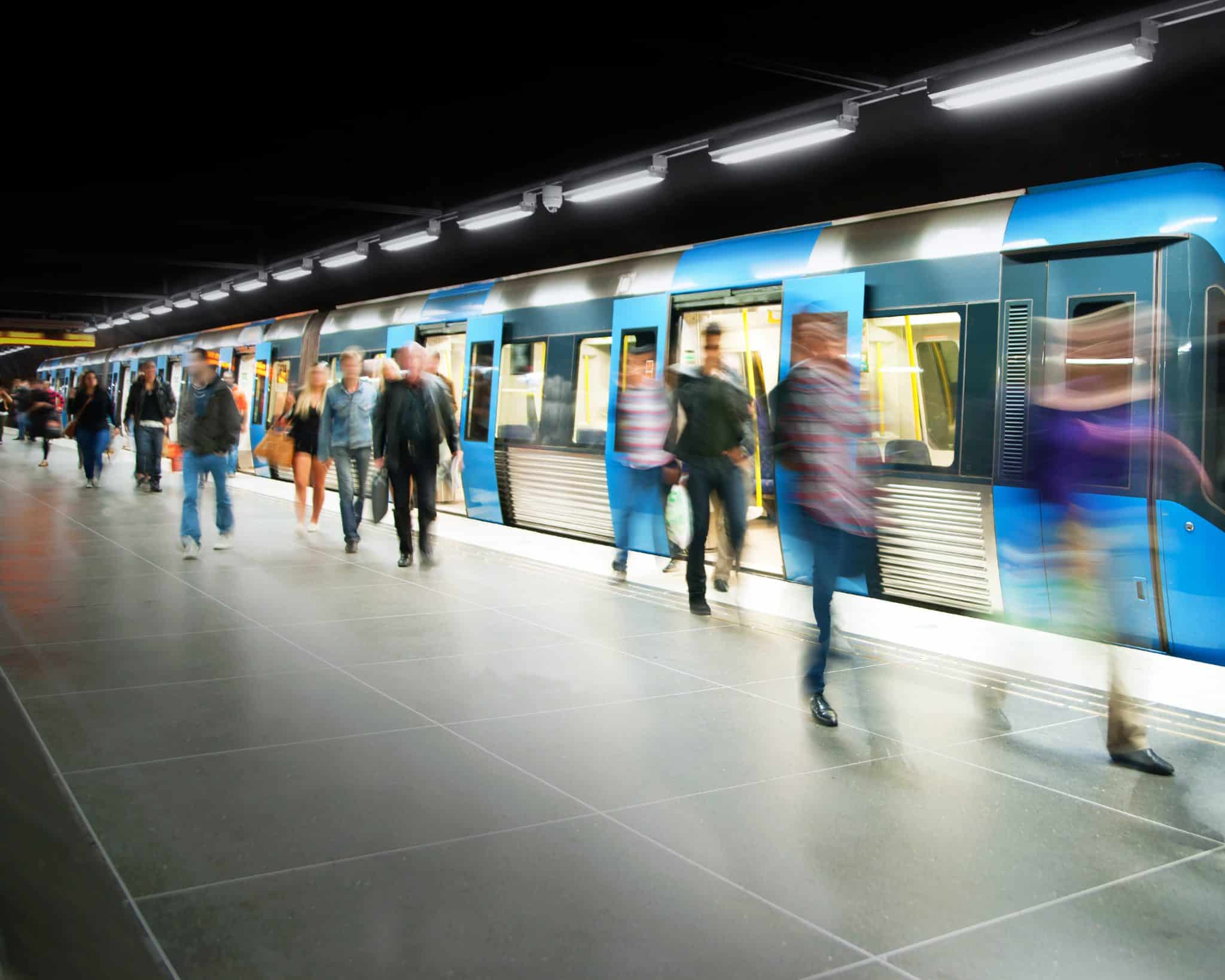In a recent webinar organized by RecFaces, biometrics and transportations security experts explored how facial recognition systems can be useful in ensuring the safety and security of rail and metro passengers in Asia.
Contributions during the exchange came from Oleg Kurychkin, Business Development executive for Asia Pacific at RecFaces; Dr. Ajay Talwar, head of Business Verticals for India & SARC at Bosch Security and Safety Systems, and Shadan Khan, chief security commissioner at South Central Railway (SCR) in India.
The discussions come on the heels of a surge in those modes of public transportation and the challenges that come with them in countries including Malaysia, Indonesia, Vietnam, Thailand, the Philippines, Cambodia and India. Projections suggest the use of rail and metro means of transportation in Asia will reach 97 percent by 2050.
In the course of the webinar, discussants touched on how face biometrics can strengthen both security and operational capacity, cited examples of successful biometric deployments for transit, and looked at how operational optimization can be achieved using data-driven approaches.
The panelists acknowledged that Asia’s rail and metro sector is expanding rapidly, driven by a number of factors that include government investment, sustainability goals, and passenger demand. Alongside infrastructure growth, operators are increasingly embracing digitalization and, specifically, facial biometrics to enhance security, streamline operations, and improve the passenger experience.
Kurychkin noted the security pressures that come with those systems of transport. “Railways are the critical infrastructure. They move millions of people and goods every day, and that makes them attractive targets for organized theft, vandalism and even terrorism,” he said,
He then added why biometrics should be used as a proactive security measure. “Manual ID checks take 30-60 seconds. With facial biometrics, verification takes less than one second. They just have to approach the gate, look at the camera, and pass through. It is simple, intuitive, and effortless.”
Talwar emphasized that biometric security for these transport systems must be deployed with reliable and proven surveillance infrastructure in order to be effective. He also highlighted Bosch’s long-standing role in metro and railway security, citing the Delhi Metro where their platforms have been operational since 2002.
“Delhi Metro Rail Corporation has been using our solution for more than two decades now, at more than 300 locations,” he said, before adding that “these systems are very complex; it is not simple installing cameras nowadays, it is becoming more of an AI-based thing.”
Khan, for his part, admitted that rail and metro projects are capital-intensive which means there’s need for stronger government involvement. He also shared his thoughts about the issue of security, stating that because of the growing vulnerability to theft, vandalism, and terrorism and with rising passenger volumes, technology must be inevitably used to fill the gap. He referenced their own system.
“Thanks to a very well-functioning facial recognition system, we could handle the Kumbh Mela mega event [a religious gathering] successfully and securely,” he said. “The smartness of the system is that even with cover-ups like masks or caps, it recognizes the face and gives us the real-time alert.”
Facial recognition shaping urban mobility
Meanwhile, in an analysis, RecFaces explains that many of the countries in Asia are resorting to rail and metro facial recognition for several reasons including ticketless boarding, contactless travel payments, enhanced security through real-time alerts, fraud reduction and operational efficiency.
The analysis cites examples from Japan, Indonesia and India where rail and metro networks have face biometrics systems, some on pilots and others on full deployment.
Japan’s Osaka Metro, it says, has installed facial recognition gates at 130 of its 134 stations in order to improve passenger flow and security, while JR East network is trialling facial recognition on the Joetsu Shinkansen line for ticketless boarding.
The write-up mentions the Indonesia example where facial recognition systems have been installed and are active in 22 major rail and metro stations. Passengers can use the system from a mobile app to complete contactless boarding in a move that also seeks fight congestion and contribute to greener travel following a jump in car ownership.
In India, biometrics deployments appear to be motivated more by security, rather than easily ticketing, RecFaces notes. It mentions that an AI-based face biometrics system is being deployed in seven of the country’s busiest railway stations to assist in the real-time identification of persons linked to serious offenses.
RecFaces says it is well positioned “to provide the expertize, technology, and compliance needed to make Asian metros and railways ticketless, contactless, and secure for millions of daily passengers.”
Related Posts
Article Topics
Asia | biometrics | face biometrics | facial recognition | transportation | video surveillance
Latest Biometrics News
Croatia is steadily advancing toward the rollout of the European Digital Identity (EUDI) Wallet. It is aligning national infrastructure, policy,…
At an event held during the 80th UN General Assembly, a discussion addressed the question of “Trusted Digital Identity for…
Clear Secure, Inc. announced a sweeping expansion of its premium identity service, Clear+, opening enrollment to passport holders from 40…
The UK government has responded to a petition calling for a commitment to not launch a national digital ID with…

